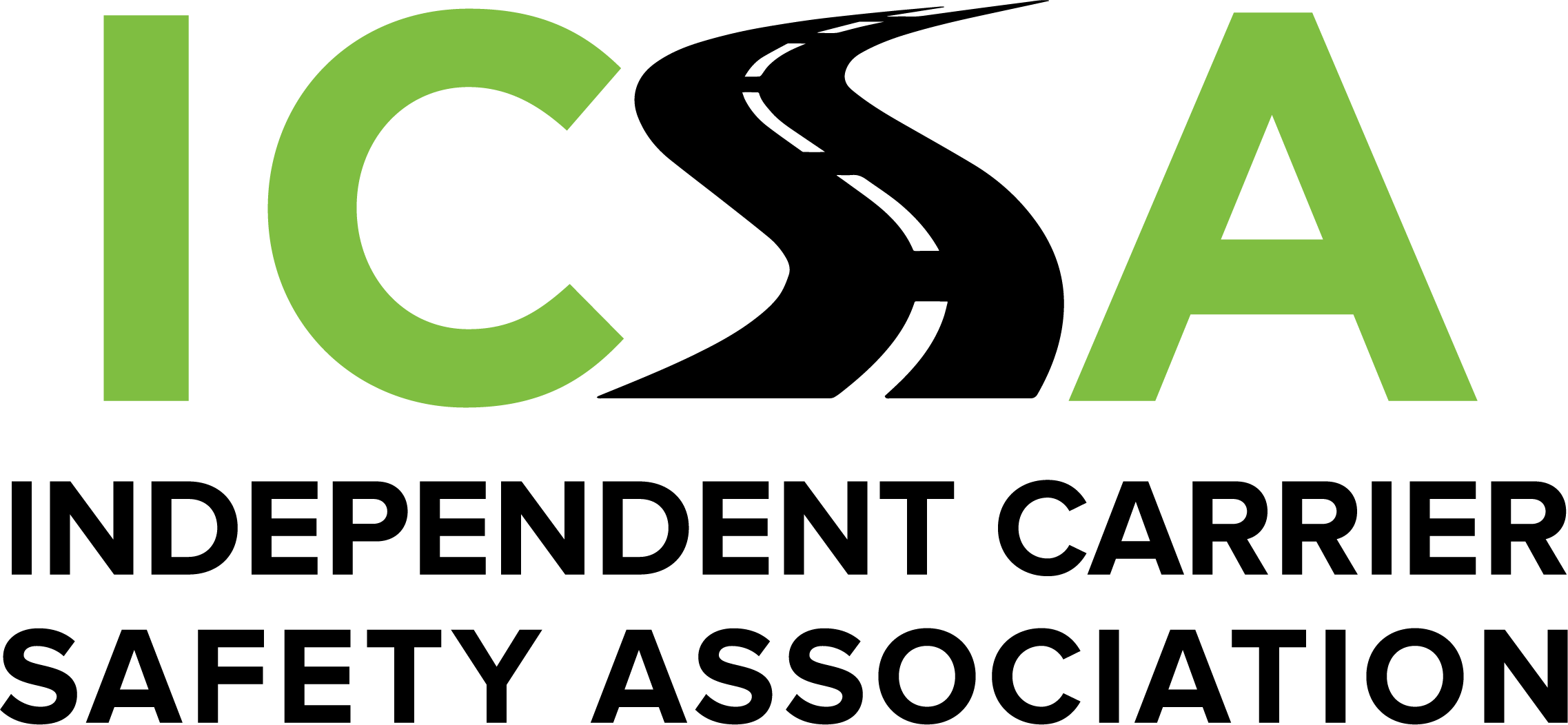In the October Regulatory Roundup, we told members about the new truck pollution enforcement program scheduled to start soon in California. Meanwhile, the California Air Resources Board (CARB) has begun deploying “Portable Emissions Acquisition Systems (PEAQs) – so-called “Dirty Truck Detectors” – in areas of heavy truck traffic to educate drivers and operators about the new truck smog check program that starts Jan. 1.
CARB first unveiled the smog detectors August 23 near the Port of Los Angeles, where the agency screened more than 1,200 trucks over a five-hour period. Trucks drive underneath the monitors which are programmed to detect high emissions, and which alert officers to heavy polluters that are then pulled over for additional smog inspections.
The PEAQs – manned and unmanned – have been spotted around the state, including Oct. 18 in San Diego at the CHP’s commercial border crossing at Otay Mesa, October 25 in Oakland and November 1 at the Calexico border crossing on the U.S. side of the Mexican border.
“But wait!” you say. “My trucks aren’t registered in California, and I’m not based there!” Unfortunately, that doesn’t matter – the program will apply to all heavy-duty trucks, buses and agricultural equipment with a gross vehicle weight rating over 14,000 pounds operating in the state, regardless of whether they are registered in California. And by mid-2023, all truck operators traveling within the state will be required to register with CARB and obtain a certificate of compliance to operate in the state.
High-emitting vehicles are flagged for full inspections, including a smoke test and verification of emissions-control equipment to determine if repairs are needed. Citations can be issued during the screenings. Of 281 trucks screened in Oakland last month, 15 were identified as higher-emitting and selected for full inspection.
In the 2024 final phase, trucks registering in California will have to meet an even higher level of compliance through emissions inspections tests performed twice a year for vehicles with onboard diagnostic (OBD) systems, with such tests increasing to four times per year in 2027.
CARB is banking on estimates that 75% to 80% of all heavy-duty trucks will have OBD equipment with telematics technology that will be able to transmit the emissions data automatically when the program begins. Older heavy-duty vehicles without OBD systems will continue the current opacity testing requirements with an added visual testing component, twice annually.

